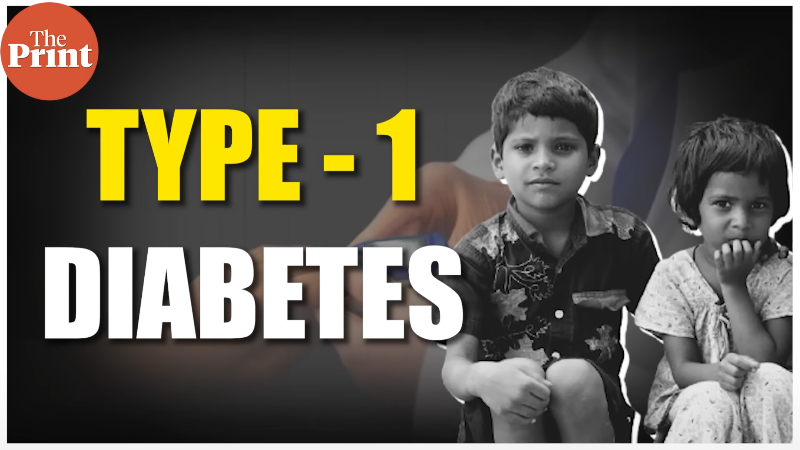by Katie Brace, Beth Israel Deaconess Medical Center
Credit: JACC: Clinical Electrophysiology (2024). DOI: 10.1016/j.jacep.2024.03.032
Affecting as many as 6 million people in the United States, atrial fibrillation (or AFib) occurs when the heart's upper chambers beat out of coordination with the lower chambers, resulting in an irregular and often rapid heart rhythm. AFib increases the risk of other cardiovascular conditions, such as stroke and heart failure, and causes about 450,000 hospitalizations each year.
Pulmonary vein isolation (PVI) is increasingly recommended as first-line therapy for AFib. The procedure targets the pulmonary veins that are typically where the abnormal electrical signals that cause AfFib originate. As increasing numbers of patients undergo the procedure, comprehensive real-world outcomes remain unclear.
In a recent study published in JACC: Clinical Electrophysiology, investigators at the Richard A. and Susan F. Smith Center for Outcomes Research in Cardiology at Beth Israel Deaconess Medical Center (BIDMC) evaluated patient characteristics, population rates, and 30-day outcomes of PVI in a nationwide sample of more than 205,000 U.S. adults aged 65 years and older who underwent the procedure for the first time between 2017 and 2021.
They found that the use of PVI steadily increased among older patients in clinical practice, from 34,865 in 2017 to 49,286 in 2021, a 4.1% increase during the study period.
The researchers also demonstrated that complications and hospitalizations decreased over time. The study cohort's overall complication rate at 30 days was 3.4%; however, over the study period, the researchers saw a significant decline in the complication rate from 3.9% in 2017 to 3.1% in 2021.
Analysis also revealed that higher volumes of PVI procedures, both at the individual operator and at the broader hospital level, were found to further improve the procedure's safety profile.
The authors conclude that their findings should facilitate future outcomes research on this increasingly common procedure and should reassure both patients and providers on the overall safety of PVI as first-line treatment for AFib.
More information: Enrico G. Ferro et al, Outcomes of Atrial Fibrillation Ablation Among Older Adults in the United States, JACC: Clinical Electrophysiology (2024). DOI: 10.1016/j.jacep.2024.03.032
Provided by Beth Israel Deaconess Medical Center







Post comments